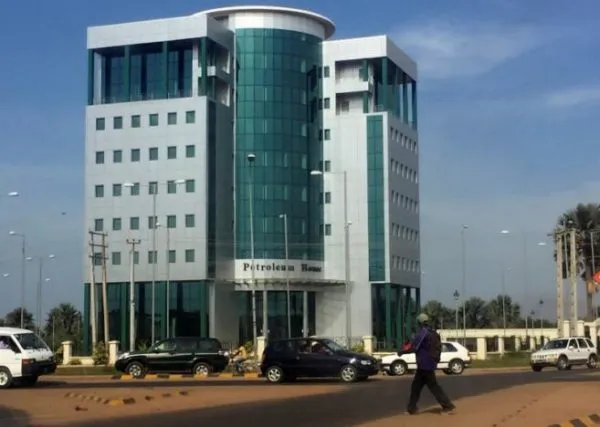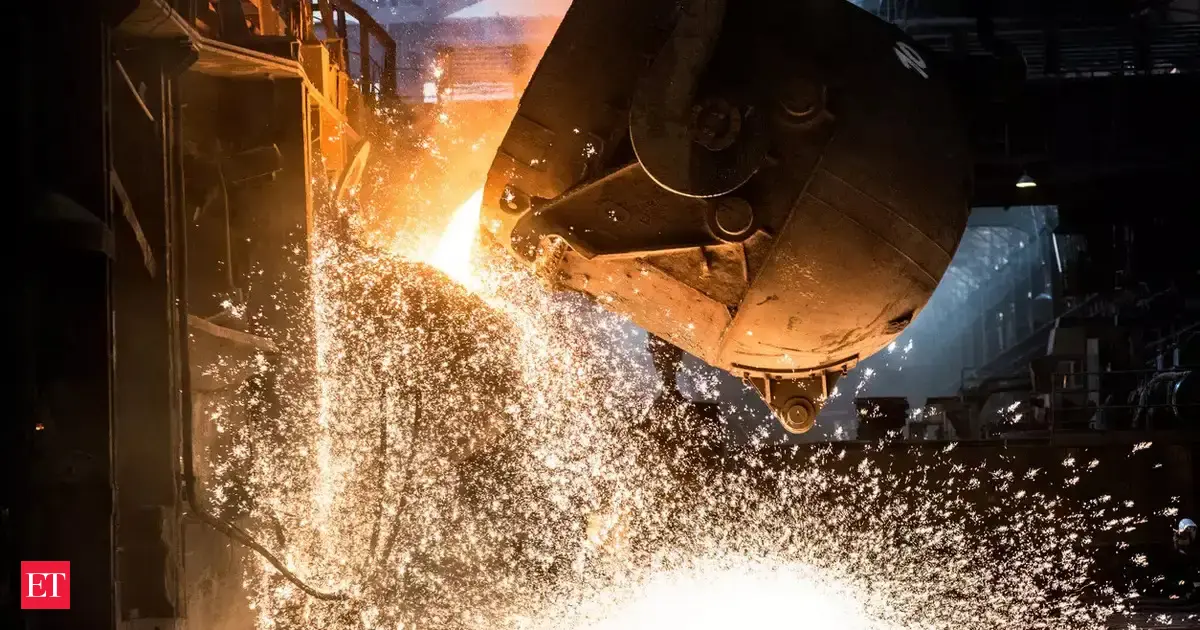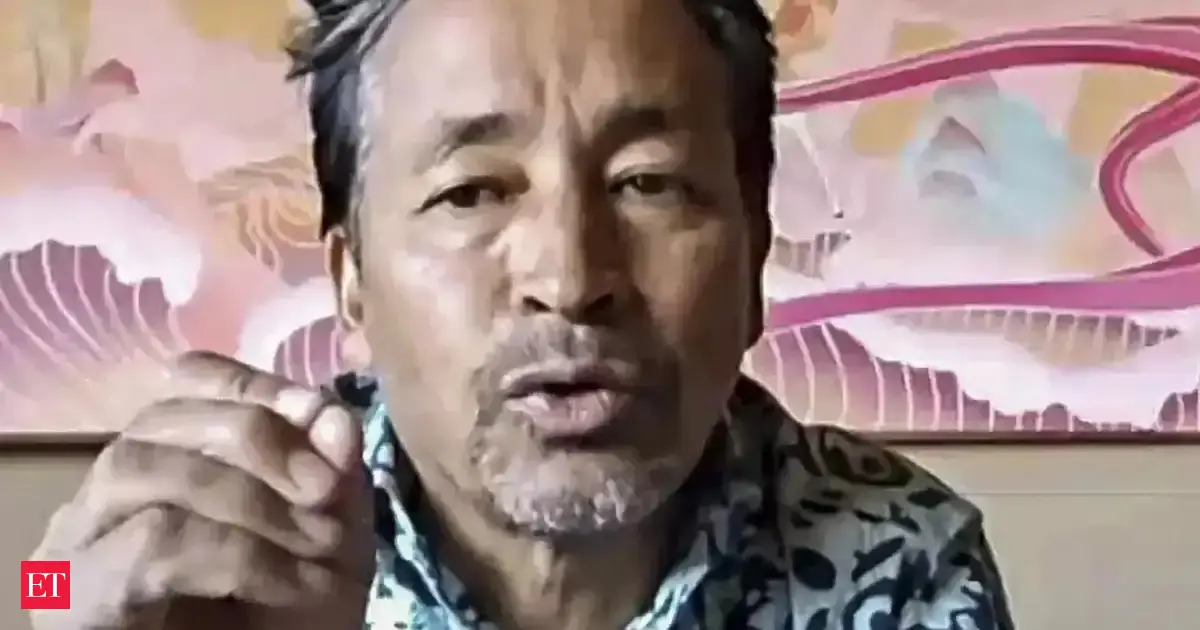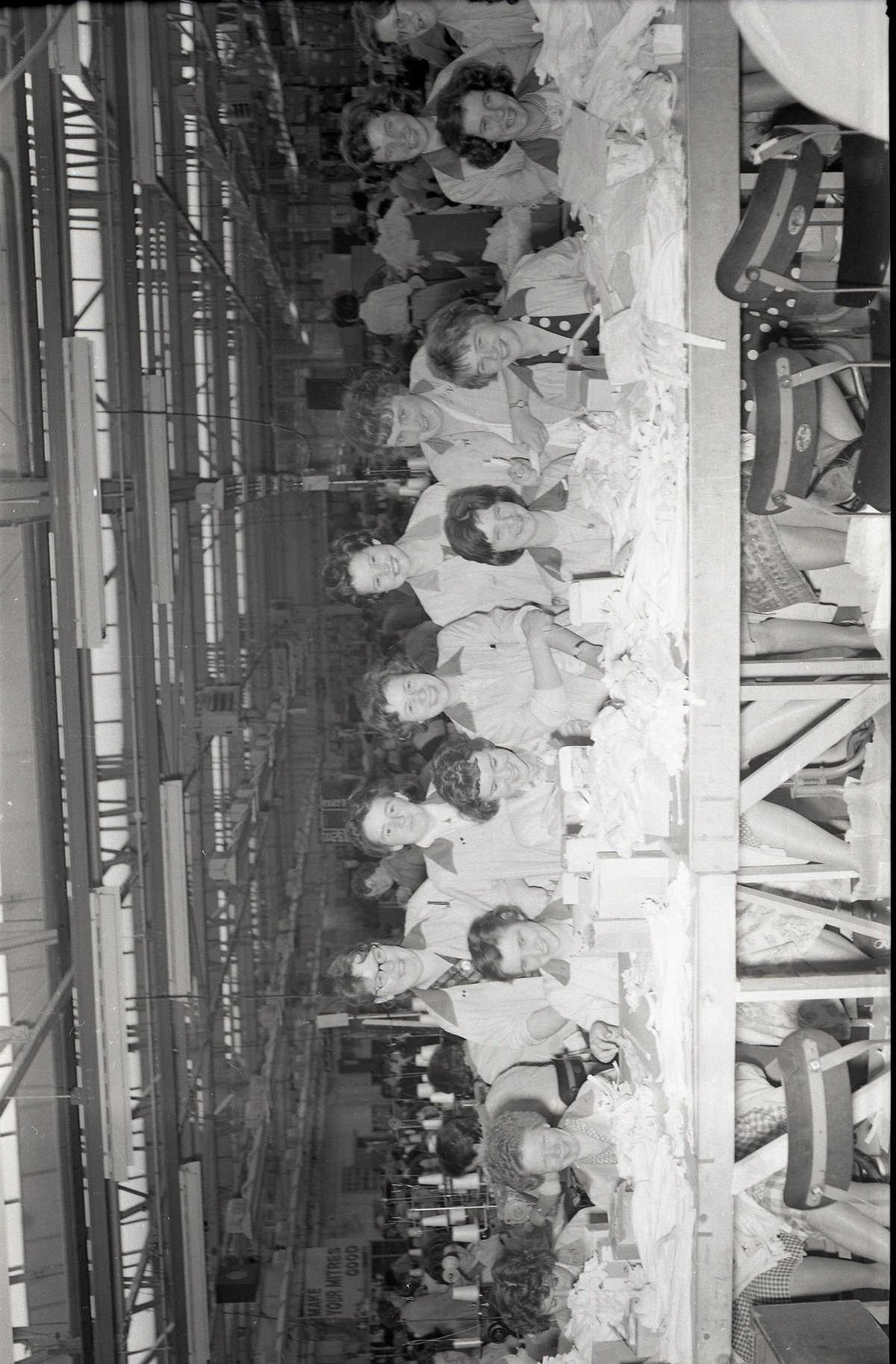By Abubacarr
Copyright standard

By Sheriff Bojang Jr
Caught between its next-door neighbour’s oil boom and its own string of dry wells, The Gambia, one of Africa’s smallest nations, has seen oil become as much about politics and perception as geology.
For more than a decade, The Gambia has chased the prospect of black gold. Since the 1960s, five wells — three offshore and two onshore — have been drilled. All came up dry. Yet the country’s long-held energy dream refuses to die.In this small nation of about 2.7 million people, oil has assumed a power far beyond geology.It is no longer simply a question of seismic surveys and drill results, but a political talisman, a vessel for hope, sovereignty and imagined prosperity.For the government, the promise of hydrocarbons offers a chance to reframe The Gambia’s destiny, to move from dependence on tourism and remittances toward resource wealth.For the wider public, oil has become a story to be told and retold, equal parts dream and suspicion.
A tale of two neighboursThe Gambia’s oil narrative is inseparable from its geography. Wedged within Senegal, which surrounds it on all sides save for a sliver of Atlantic coastline, The Gambia also sits in the Mauritania–Senegal–Gambia–Bissau–Conakry (MSGBC) basin, a hydrocarbon frontier that has drawn intense interest from global firms.Across the border, Senegal’s discoveries have transformed the national mood. Production at the Sangomar oil field, less than 500m from Gambian waters, began in June 2024 and is expected to generate over $1bn a year; by August 2025 it had already pumped 24m barrels, nearly 70% of its annual target.Even more significant is the Grand Tortue Ahmeyim (GTA) gas project with Mauritania, which started production on 1 January and aims to boost LNG output from 2.5m tonnes a year to 10m tonnes by 2030.In Banjul, the picture is starkly different. Rigs come and go. African Petroleum, Australia’s FAR Ltd, Malaysia’s Petronas and British giant BP have all tried their luck with licences. The FAR-Petronas JV has drilled wells but has found no hydrocarbons in commercially viable quantities.The contrast has sharpened public suspicion: Why Senegal and not us? For many Gambians, geological nuance is irrelevant. The basin is the same, the coastline separated only by kilometres.
Proximity is not destinyYet experts caution against drawing straight lines across borders. The Gambia’s proximity to Senegal’s Sangomar discoveries is helpful, but not decisive, says Wumi Iledare, Professor Emeritus of Petroleum Economics and principal facilitator at Nigeria’s Federal University of Petroleum Resources (FUPRE) Energy Business School.“Geology does not obey political borders, but play fairways often do,” he tells The Africa Report.While Senegal’s MSGBC discoveries raise the geological plausibility of Gambian prospects, Iledare cautions that commercial odds remain block-specific, as trap quality, reservoir deliverability, charge timing, seal integrity and hydrocarbon phase can all shift within just a few kilometres.In the end, he adds, each Gambian prospect “lives or dies” on its own seismic and well data.Babacar Youm, a Brussels-based geological analyst, makes the same point more bluntly.“Two blocks can sit side by side in the same basin and yield very different results,” he says.“Senegal was fortunate with Sangomar, a well-structured trap with charge and seal in place. Just a few kilometres away, The Gambia’s prospects may lack one of those key elements. That is geology, not sabotage.”Cany Jobe, director of exploration and production at the Gambia National Petroleum Corporation (GNPC), adds that the difference also lies in scale. While The Gambia has drilled just five exploratory wells in six decades, Senegal has drilled more than 150, including 45 offshore.“Too few attempts have been made for us to write off the geology,” she told The Africa Report earlier this year.
The weight of expectationTwo of The Gambia’s five wells — Samo-1 and Bambo-1, both offshore and drilled with FAR and Petronas — were drilled under President Adama Barrow at a cost of about $100m, according to government figures.In his 2025 state of the nation address, Barrow conceded no commercial discoveries had been made but insisted the results were “very promising and positive,” vowing exploration would continue.For many Gambians, oil represents the promise of a clean break from decades of poverty and underdevelopment. Nearly 60% of the population is under 25, and almost half of them are unemployed, which is among the highest rates in West Africa. Each year, thousands of young Gambians attempt “the backway”, the perilous journey across the Sahara and Mediterranean in search of economic opportunities.At the Sub-Saharan Africa International Petroleum Exhibition and Conference (SAIPEC) in Lagos in February, Jobe pitched The Gambia as the next frontier.“We have high-potential, drill-ready prospects and are looking for partners and investors,” she told delegates. “The Gambia could be the next big story.”Yet commercial reality is far less romantic. “Viability hinges on scale, costs and fiscal terms,” says Iledare. A stand-alone floating production unit, he explains, requires at least 200-300 million barrels of recoverable oil. Smaller finds may only make sense if tied back to existing hubs such as Sangomar or GTA infrastructure across the border.With inflation driving up deepwater costs, projects now need to break even at around $45–$55 per barrel, supported by robust well productivity and efficient drilling. Fiscal terms must also be “frontier-appropriate,” Iledare argues, offering competitive state take of 55–65% at $60–$70 per barrel, fast cost recovery and contractual stability.“The Gambia sits in a proven basin neighbourhood,” he says. “If it couples targeted geoscience with hub-class development options, frontier-appropriate fiscal terms and credible governance, it can move from hope to bankable. Proximity helps the story; competitive economics and reliable execution close the deal.”
Investor churn and the risk of abandonmentInvestor confidence, however, has proved fragile. The sector has been marked by a revolving door. African Petroleum, once the most aggressive explorer, exited after disputes over block rights. Petronas quietly scaled back. In 2021, BP, the highest-profile entrant yet, walked away.FAR left too, leaving the government scrambling to reassign acreage and salvage credibility.“Each time a company leaves, it reinforces the feeling among Gambians that something is wrong,” says a former senior petroleum ministry official. “Either the terms are too strict, the geology too risky or the politics too messy.”That instability, according to Youm, “magnifies the geological risks in the eyes of investors”.Jerreh Barrow, director general of the Gambia’s Petroleum Commission, pushes back against the narrative of failure.“FAR and Petronas exited after fulfilling their obligations in the initial exploration period but failed to make a commercial discovery. BP’s departure was the result of a corporate strategy shift, in which they pulled out of ‘new countries’ where they had not yet established deep operations.African Petroleum, by contrast, did not wish to exit, but government chose not to extend its licence term,” he tells The Africa Report.
Enter the dictator’s voiceInto this combustible mix has stepped former president Yahya Jammeh, who ruled The Gambia for 22 years before going into exile in Equatorial Guinea in 2017. Oil was one of his favourite rhetorical weapons. For most part of his rule, he alleged foreign companies, backed by western governments, were conspiring to suppress Gambian discoveries.In a WhatsApp audio that ricocheted across social media in May, Jammeh claimed the country had already struck oil and accused politicians of “collaborating with Senegal to steal” the nation’s reserves.“Senegal has no oil,” he said. “If they did, France would have taken it already. It is The Gambia that has oil. But they don’t want you to know.”Technically, that is impossible, says analyst Youm. “Subsurface reservoirs do not flow across maritime boundaries like water in a bucket.”Jammeh’s accusations, dismissed by the authorities, targeted both President Adama Barrow and opposition leader Ousainu Darboe, alleging a conspiracy that stretched back to the era of founding president Dawda Jawara.There is no evidence for any of Jammeh’s claims. Yet his audios resonate, especially among his loyal base. For citizens weary of economic hardship, conspiracy offers a simpler explanation than geology.“Jammeh was always a master of turning absence into presence,” says researcher Lamin Ceesay. “When oil failed to appear, he made the absence itself proof of a plot. That story still seduces people.”
The regional pictureThe Gambia’s oil saga is unfolding amid dramatic shifts across West Africa. Senegal and Mauritania are preparing to bank billions from world-scale projects. Guinea-Bissau has revived exploration, and international companies, under pressure to diversify supply, are once again pivoting to African frontiers as Europe scrambles for non-Russian gas. That momentum sharpens Gambian frustrations.“It feels like we are the unlucky cousin,” Ceesay says. “Others are moving forward and we are always waiting.”But Petroleum Commission’s Barrow insists waiting should not be mistaken for drift.“We are strengthening the legal framework to remove ambiguities, clarifying institutional roles and building capacity across government agencies from finance to justice,” he says. “We are modernising data access and offering competitive fiscal terms that adjust fairly with oil prices and is translating into renewed interest.”Yet geologists argue the story is far from over. For them, dry wells mean complexity, not futility.For Jobe, The Gambia is “perfectly situated, perfectly timed, and perfectly ready for the next wave of exploration success.”While each of these companies have held licences, only FAR-Petronas JV has tried its luck with a well.



